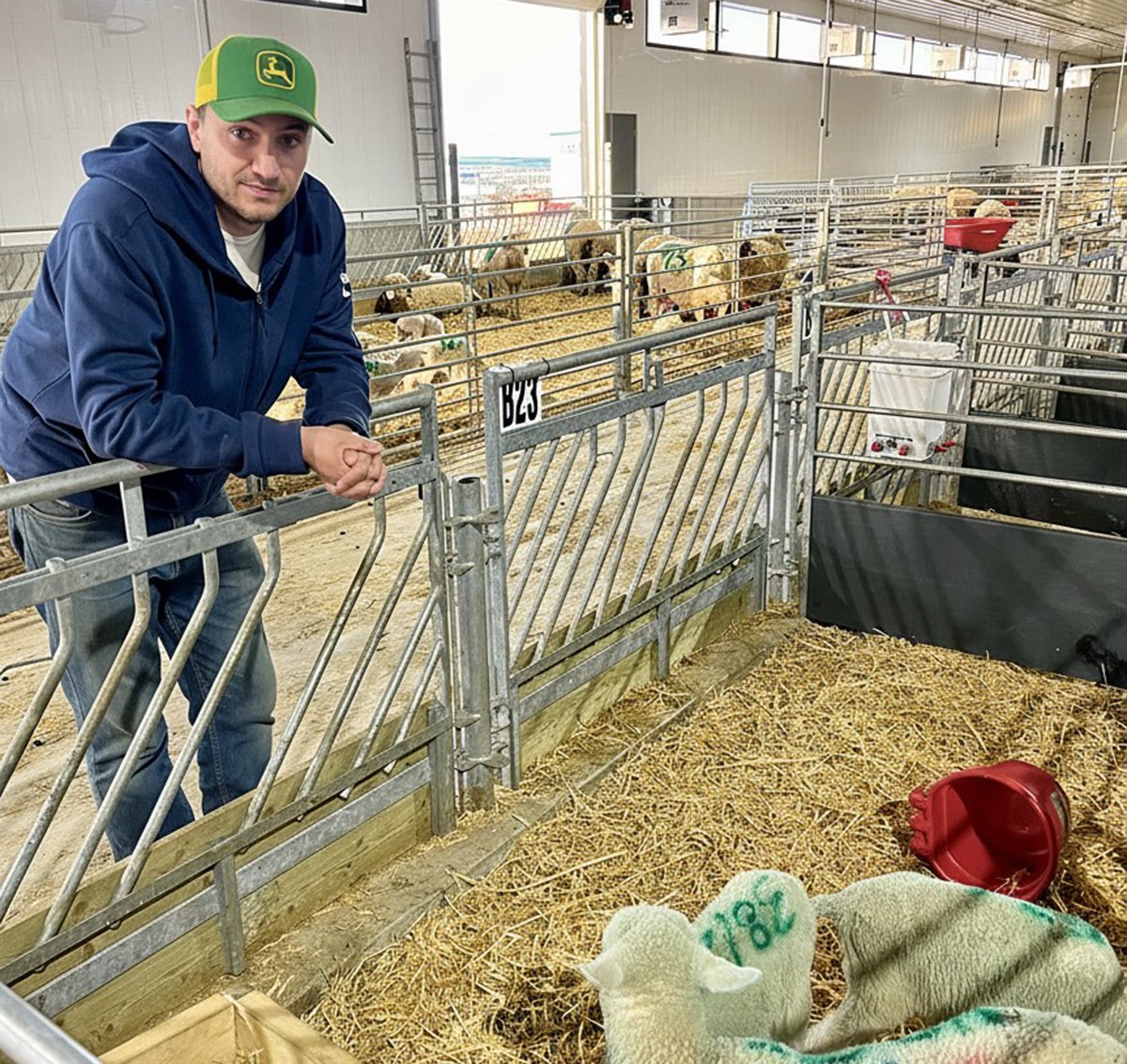Stefanie Czub calls research in the United States on testing live animals for BSE interesting.
But the Canadian Food Inspection Agency researcher also reminds producers that the current tests aren’t broken.
“The problem we have right now with the surveillance is we need to get more animals into the labs for testing,” said Czub.
International regulations require Canada to collect and test 30,000 samples cattle per year for BSE. In 2012 and 2014, Canada fell short of that mark — a fact producers in Sask-atchewan and Alberta, where target shortfalls have been the greatest, are regularly reminded of.
Read Also

Solar, sheep provide valuable farm diversification
Eric Steeves says raising sheep on forages grown under solar panels provided economic stability and perhaps even saved his family’s fifth generation southern Alberta grain farm.
“I think a lot of people thought everywhere, in every area, that BSE is over. We hadn’t had a case since 2011,” said Czub. “…The trade was kind of almost back to where it was before (the BSE crisis in 2003).”
This year, more than 7,900 samples have been collected across the country through the end of March, according to the CFIA, including a BSE infected animal in Alberta in February.
Producers are told to watch for “4D cattle” — those that are diseased, down, dying or dead.
Czub said the efforts of Canadian researchers are focusing on gaining a better understanding of the atypical BSE strain and how it compares to the traditional, food borne disease most commonly seen.
Previous projects sought a live animal BSE test using blood and urine samples, but researchers found re-sults varied depending on either the animal’s sex or breed.
“That’s then not practical at all. You can’t have a test for only Hereford and then another for Angus and things like this,” said Czub. “So this was kind of put to rest.”














